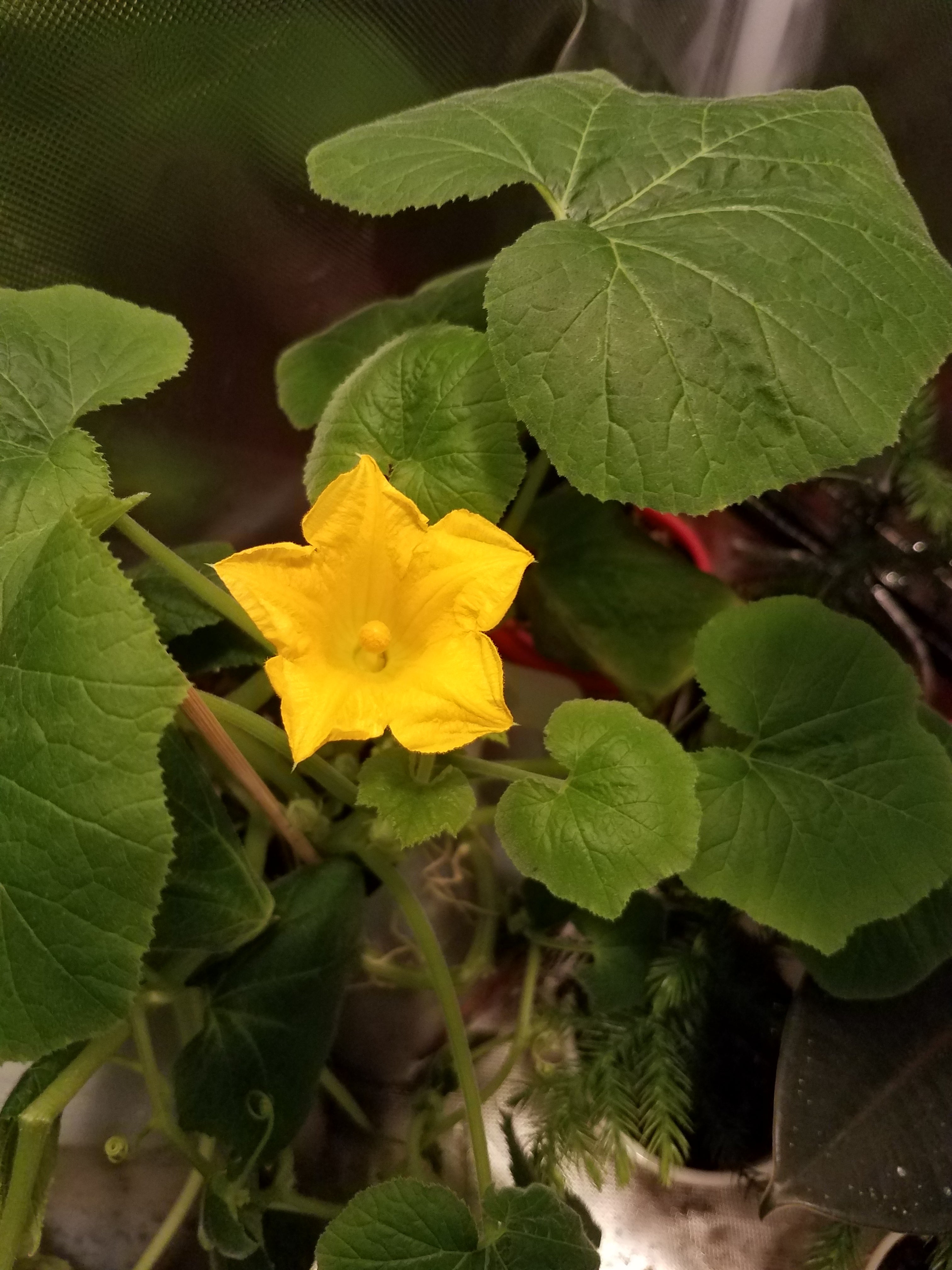Growing Squash Indoors – How To Grow Squash Inside Your House


Can you grow squash plants inside? Yes, you can, and it’s relatively easy as long as you provide the proper growing conditions, primarily a large pot and plenty of sunlight. Sound like fun? Let’s learn about growing squash indoors.
Growing Squash Indoors
Although vining squash needs a large growing space, smaller bush-type squash plants are suitable for growing indoors. They may be smaller, but indoor squash plants can produce a hefty harvest beginning about sixty days after planting.
Some popular available in compact bush varieties include:
How to Grow Squash Inside
Bush squash doesn’t require a huge growing space like standard vining squash, but it’s still a relatively large plant. A container measuring approximately 24 inches (61 cm.) across and 36 inches (91 cm.) deep will provide ample space for the roots. Fill the container with good quality commercial potting mix. Be sure the container has a drainage hole, as squash is likely to rot in soggy soil. Cover the drainage hole with a piece of mesh or a coffee filter to prevent potting mix from escaping. Water the potting mix until it’s evenly moist but not saturated.
Plant four or five squash seeds 2 to 3 inches (5-8 cm.) deep near the center of the container. Allow a few inches (8 cm.) between each seed. Place the container where it gets at least five to seven hours of bright sunlight per day. Water lightly when the potting mix feels slightly dry to the touch. As the plant grows, it’s healthiest to water at the base of the plant. Wetting the leaves may create mildew problems and can also attract mealybugs, fungus gnats, and other pests.
Thin to a single healthy seedling when the plants are a few inches (8 cm.) tall and have at least two healthy leaves. This is also a good time to begin fertilizing the squash plants. Use a low-nitrogen fertilizer with an NPK ratio such as 5-10-10. Mix the fertilizer at half the strength suggested on the label. Compost tea is an alternative if you prefer to avoid synthetic fertilizers. Continue to feed the plant every couple of weeks.
Squash is self-fertile (male and female blooms are found on the same plant). However, unless you have bees or other pollinators indoors, you may need to help out with pollination. One easy way to accomplish this is to pick an open male flower (one with a longer stem and no swelling at the base of the bloom). Rub the bloom against the stigma in the center of the female flower (one with a tiny immature fruit just behind the bloom).
Sign up for the Gardening Know How newsletter today and receive a free copy of our e-book "How to Grow Delicious Tomatoes".

A Credentialed Garden Writer, Mary H. Dyer was with Gardening Know How in the very beginning, publishing articles as early as 2007.